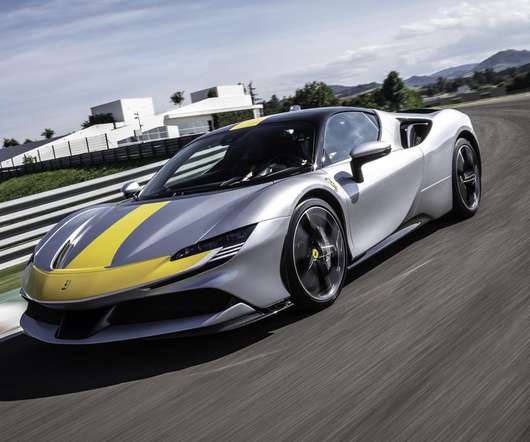Simulation study suggests ORC waste heat recovery system could deliver potential 7% improvement in fuel consumption in a PHEV on highway
Green Car Congress
OCTOBER 10, 2012
Internal combustion engines have been significantly improving in the past decade, after the adoption of technologies such as Gasoline Direct Injection, mild electrification, downsizing and turbocharging. The OSU EcoCAR prototype vehicle features an extended-range electric architecture with a downsized 1.8L —Marcello Canova.












Let's personalize your content